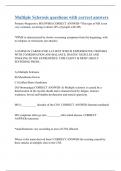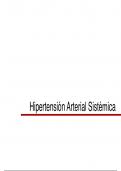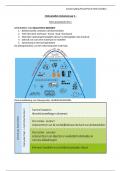Summary
Summary RENEWABLE ENERGY & ENERGY HARVESTING
- Module
- Institution
What is meant by the term energy: - Energy can be defined as the ability of a body to do work. No activity will occur without energy. INTRODUCTION: -Energy is an essential component/requirement of our daily life. Different forms of energy govern our lives in daily routines Heat energy obtained by ...
[Show more]












